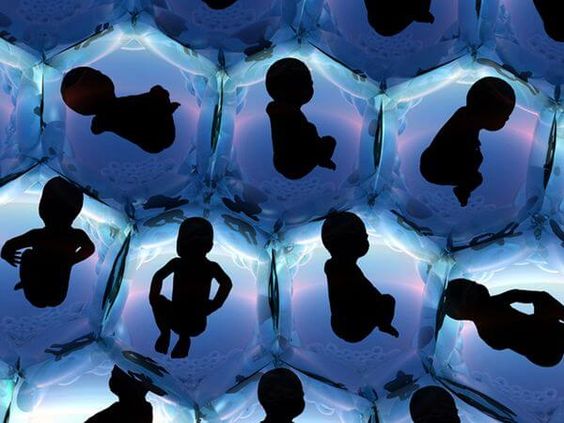An Introduction to Cloning
- Technology
Ushindi Hettiarachchi
- January 20, 2023
- 214
- 2 minutes read

Have you ever seen cloning machines in cartoons and movies? Believe it or not, it is true that you can clone living beings, not by using machines instead it is the effort of the scientists. Cloning is a technique used by scientists to make the exact genetic copies of living things. In this process genes, cells, tissues, and indeed whole creatures can all be reproduced.
Some clones already exist in nature. Single-celled organisms like protists and bacteria make exact copies of themselves each time they reproduce. In humans, identical twins are similar to clones, a more accurate term is “monozygotic”. They share nearly the exact same genes as they are formed from the same embryo.
The first ever mammal cloned was Dolly, a female Finnish Dorset sheep cloned from an adult somatic cell. She was born on the 5th of July 1996 but passed away on February 14th, 2003 due to lung cancer, and even today she is on display at the National Museum of Scotland. Exactly after 2 years, on July 5th, 1998, a pair of calves were cloned in a cowshed in Ishikawa Japan.
Why do they clone such living beings? According to scientists, it allows the cultivation of stem cells that are genetically identical to a patient (the living beings which it was cloned from). This however avoids the risk of rejection by the immune system and has the potential to benefit many patients, including those affected by severe diseases.



